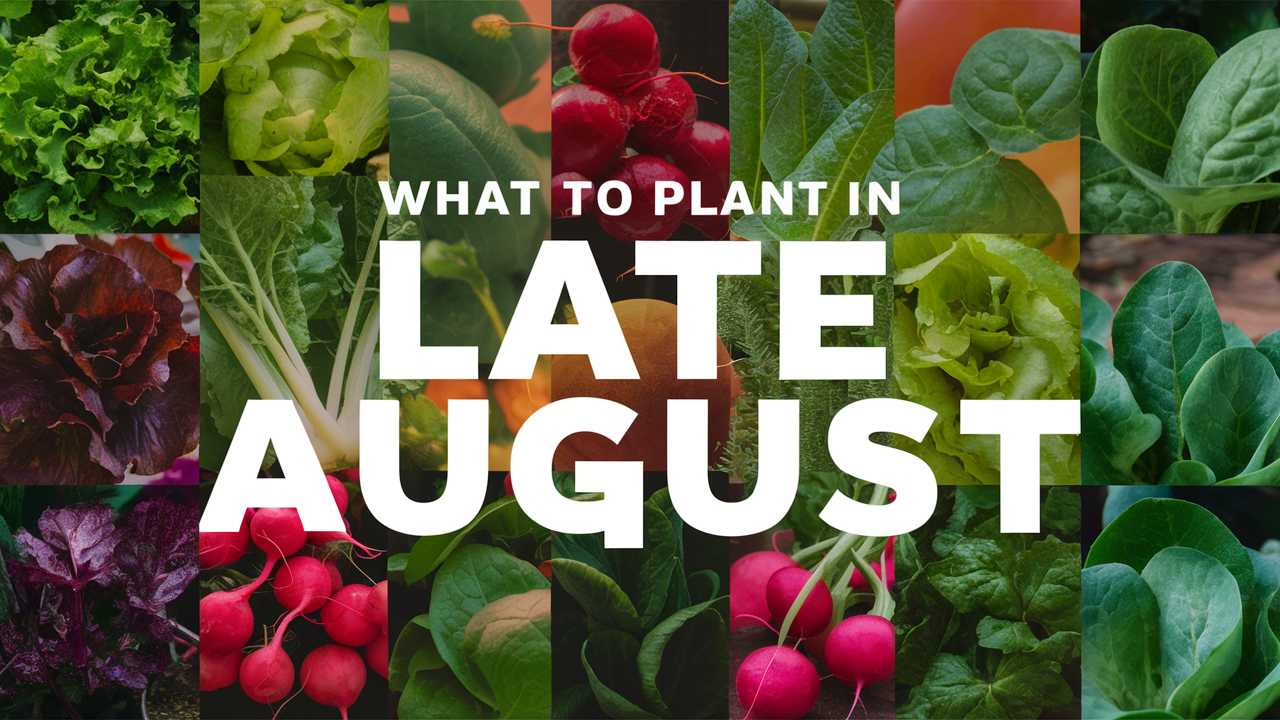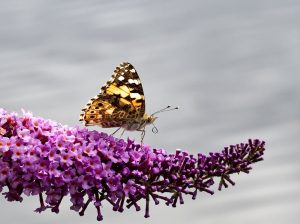As summer slowly fades and the warm days of August give way to the crispness of autumn, late August presents a unique opportunity for gardeners. It’s a time to transition and prepare for the upcoming growing seasons, whether planting for fall harvests or setting the stage for spring blooms.
This comprehensive guide explores a variety of vegetables, flowers, herbs, and landscape plants suitable for planting in late August. Each plant is categorized by its specific needs and adaptability to different USDA Zones, allowing gardeners to make informed planting decisions.
Vegetables To Plant
When it comes to planting vegetables in late August, timing is crucial. Vegetables planted during this period can yield a bountiful harvest before the frost sets in, especially in warmer regions. Here are ten vegetables that thrive when planted in late August.
Kale
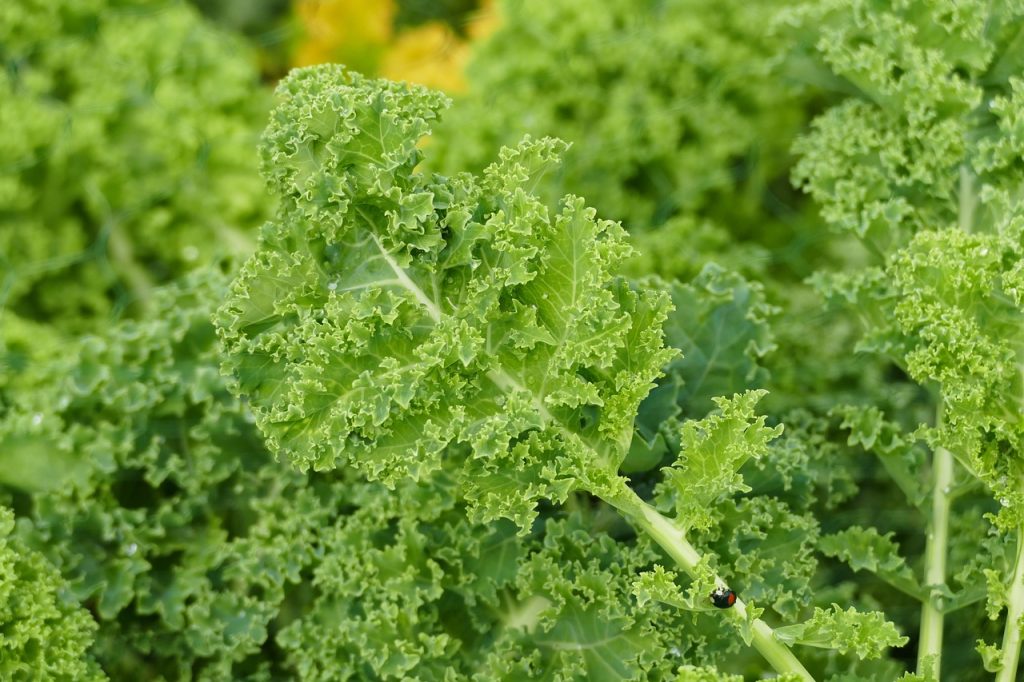
Kale is a resilient leafy green that thrives in cooler temperatures. In USDA Zones 3-7, it’s possible to sow kale seeds in late August for a robust harvest in the fall. Kale prefers temperatures between 60-65°F for optimal growth. Look for varieties such as ‘Winterbor’ or ‘Dinosaur’ that can handle light frosts.
Spinach
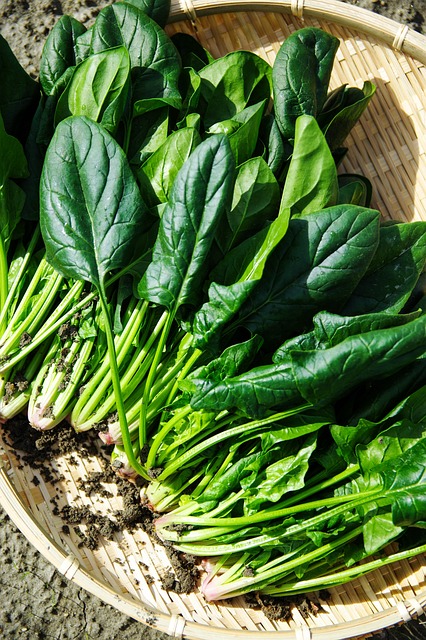
Spinach is another cool-season crop that can be planted in late August. It grows best in USDA Zones 3-9 and can tolerate light frost, making it a great choice for fall planting. Spinach seeds sprout quickly, so aim to plant them about 4-8 weeks before your first anticipated frost, ideally during late August. Varieties like ‘Bloomsdale’ and ‘Teton’ are known for their resistance to bolting.
Beets
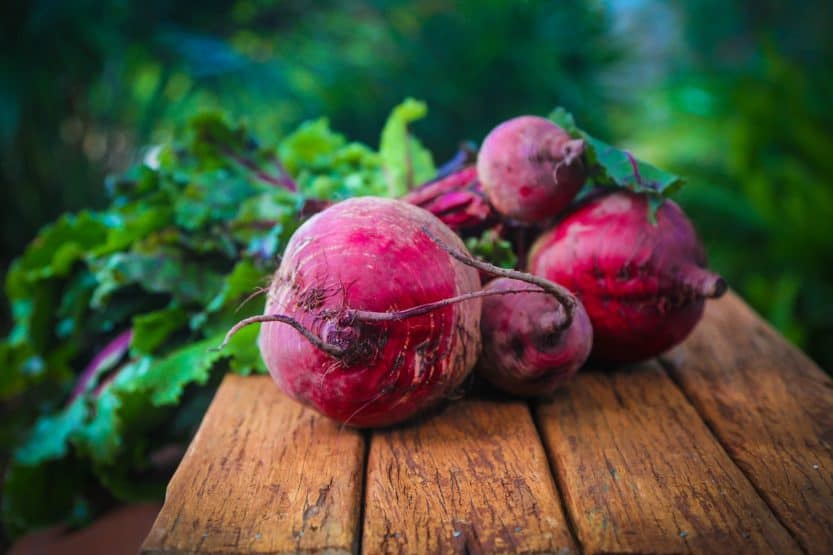
Beets are a versatile root vegetable that can be sown directly into the garden in late August, particularly in USDA Zones 3-9. Beets prefer cooler weather and can tolerate temperatures down to 25°F. The quick maturity of 50-70 days makes late August planting ideal for a late fall harvest. Look for sweet varieties like ‘Chioggia’ or ‘Detroit Dark Red’ for vibrant, flavorful roots.
Carrots
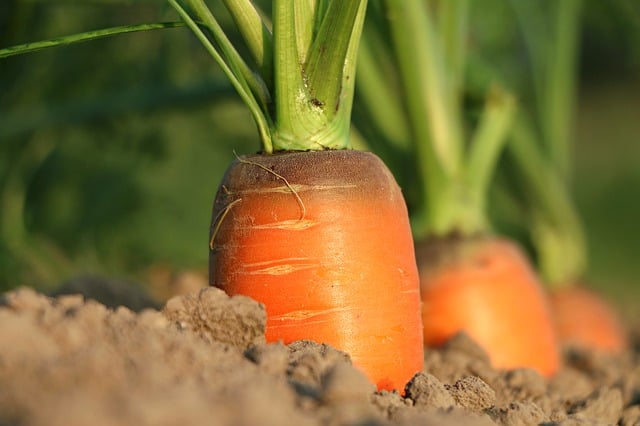
Late August is the perfect time to sow carrot seeds in USDA Zones 3-7, as they thrive in cool soil conditions. With a typical maturity range of 70-80 days, carrots will be ready to harvest into late fall. Carrots can tolerate light frosts, ensuring a sweet flavor as they grow. Varieties like ‘Danvers 126’ and ‘Nantes’ are popular for their crunch and sweetness.
Turnips
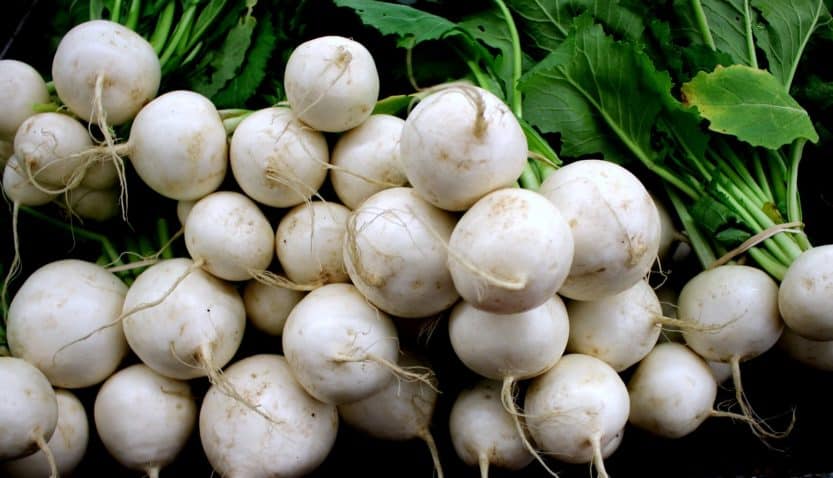
Turnips are fast-growing and can be sown directly into well-prepared soil in late August. They adapt well to USDA Zones 2-9, thriving in cooler temperatures of 50-65°F. With a timeline of about 30-60 days to harvest, plant varieties like ‘Purple Top’ and ‘Golden Ball’ for delicious winter roots. Turnips can tolerate frost, which improves their flavor.
Radishes
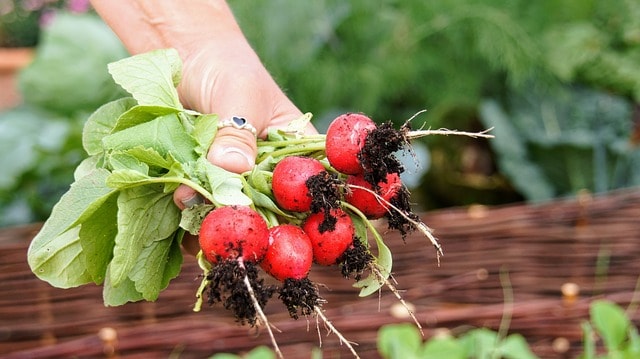
Radishes are among the quickest-maturing vegetables, ready for harvest in as little as three weeks. In USDA Zones 3-9, you can sow radishes in late August for a rapid crop before the temperatures drop. Their tolerance for cooler weather allows them to thrive in the fall. Popular varieties to consider are ‘Cherry Belle’ and ‘French Breakfast.’
Broccoli
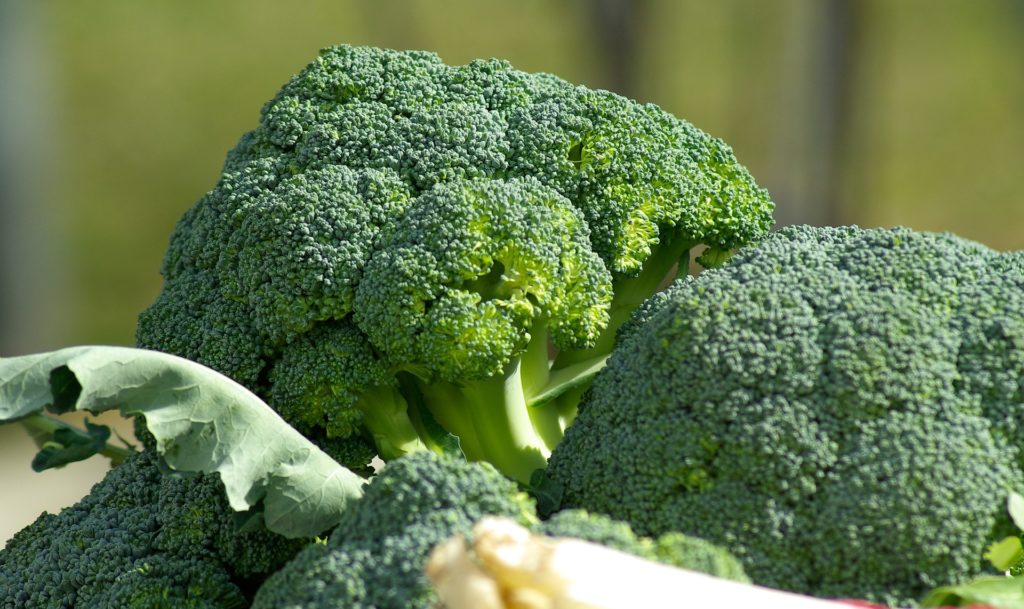
For those in USDA Zones 3-7, late August offers an excellent window for planting broccoli seeds or transplants. Broccoli enjoys cooler temperatures and can take about 60-100 days to mature. Look for varieties like ‘Green Magic’ or ‘Calabrese’ that adapt well to the fluctuating temperatures of early fall and can handle light frosts.
Swiss Chard
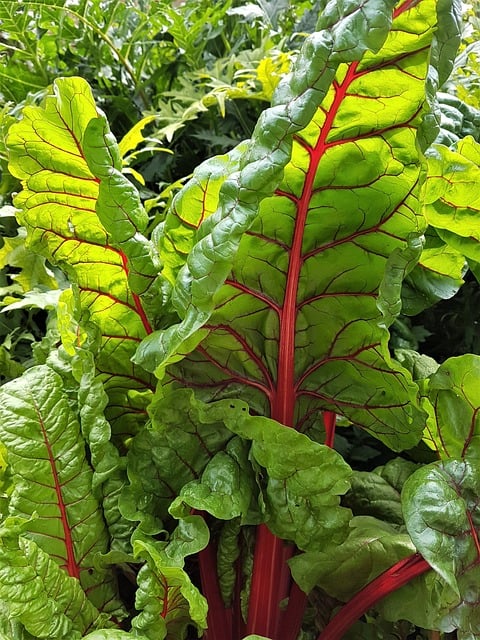
Swiss chard is a hardy leafy green that thrives well into fall. In USDA Zones 3-10, sow Swiss chard seeds in late August to ensure a long growing season. It prefers temperatures around 60°F and can thrive in a variety of soil types. Varieties like ‘Bright Lights’ have vibrant, colorful stems that add visual appeal to your garden.
Peas
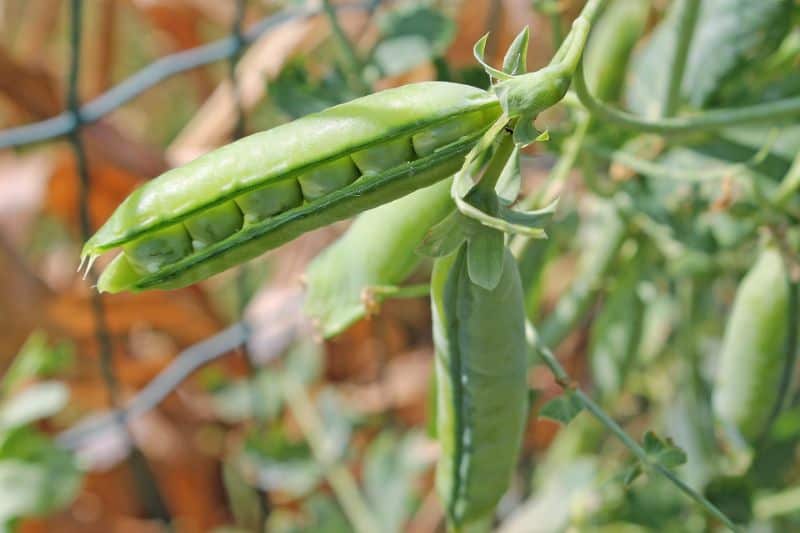
Late August can be a suitable time to sow peas in warmer USDA Zones 8-10, where the first frost typically arrives later in the year. Planting sugar snap or snow peas in these regions can yield a late fall crop. Peas thrive in temperatures of 45-75°F, and sowing them directly in late August will allow for optimal growth before the frost.
Garlic
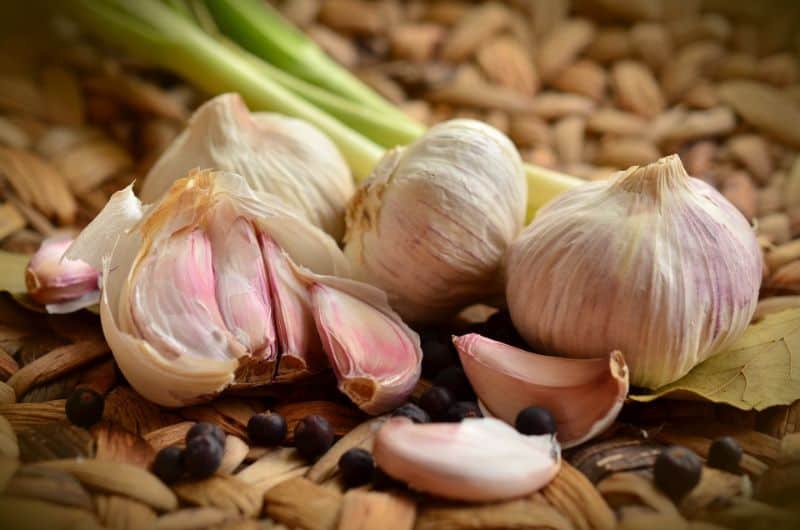
For areas in USDA Zones 3-9, late August marks a good time to prepare for planting garlic. While garlic is usually planted in the fall, preparing your garden bed and obtaining seeds in late August sets up for success. Garlic cloves should be planted in October, ensuring a robust crop for the following summer. Softneck and hardneck varieties offer different flavor profiles and growth characteristics.
Flowers To Plant
As autumn approaches, many gardeners are eager to fill their beds with vibrant blooms. Late August is a ripe time to plant certain flowers that can maintain their beauty into the fall or even bloom in the spring. Here are ten flowers perfect for late August planting.
Mums (Chrysanthemum)
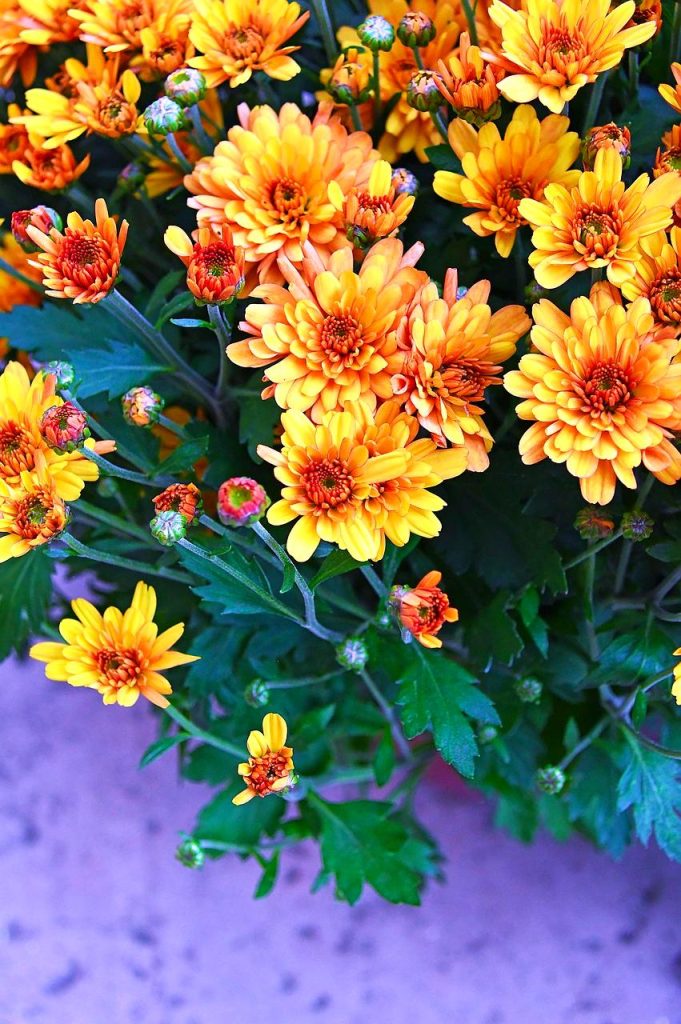
Mums are iconic flowers of fall and can be planted in late August, especially in USDA Zones 4-9. They flourish in cooler weather, and with sufficient sunlight, you can enjoy their vibrant colors until frost. Look for garden varieties of garden mums for best results, as they adapt well to the changing conditions of autumn.
Pansies
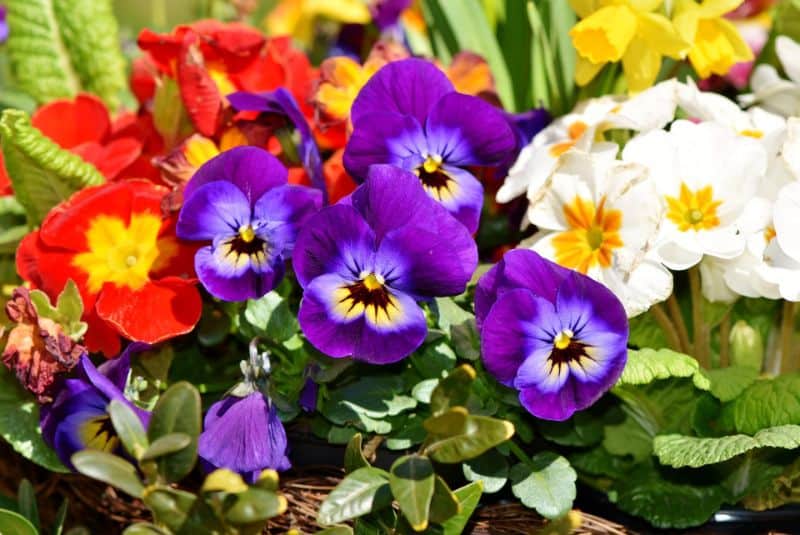
Pansies are hardy, cool-weather flowers that can be planted in USDA Zones 6-10 in late August. These cheerful blooms are great for adding color to fall gardens and can survive mild frosts. They prefer temperatures around 60-70°F, making late August ideal. Consider varieties like ‘Cool Wave’ for their ability to cascade beautifully.
Snapdragons
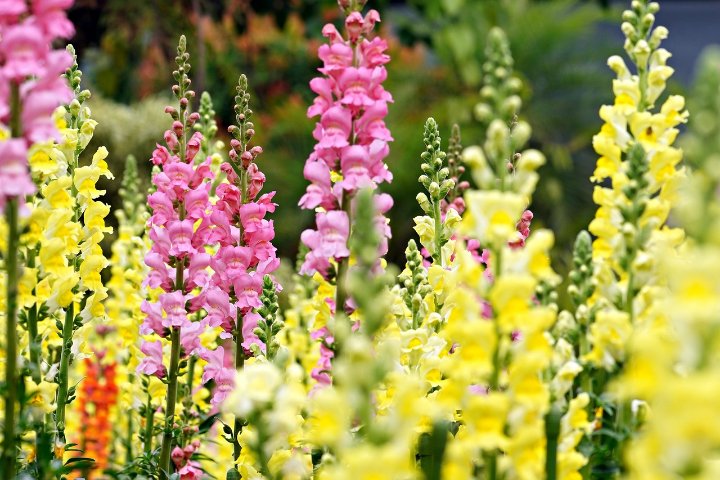
Snapdragons are versatile flowers that can thrive in cooler temperatures. In USDA Zones 7-11, they can be directly sown into the garden in late August. With a growth range of 30-80 days, planting them at the end of summer will offer early blooms in spring. Snapdragons come in various heights and colors, allowing for stunning garden displays.
Calendula
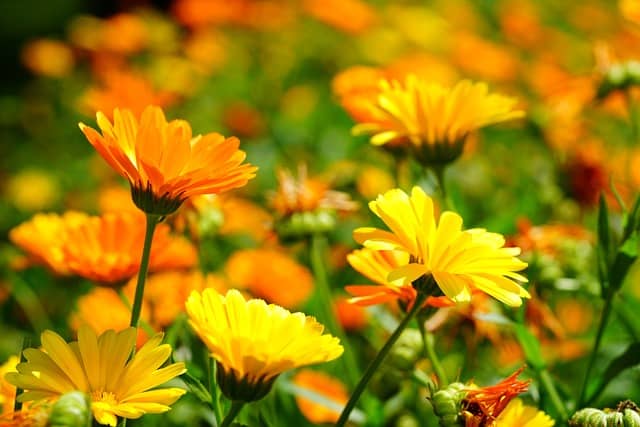
Calendula, also known as pot marigold, can be directly seeded in USDA Zones 3-10 in late August. This annual flower thrives in cooler weather and can provide colorful blooms, typically within 50-70 days of planting. Calendula is great for attracting beneficial insects to the garden, and varieties like ‘Orange King’ can add vibrancy to any garden space.
Ornamental Cabbage and Kale
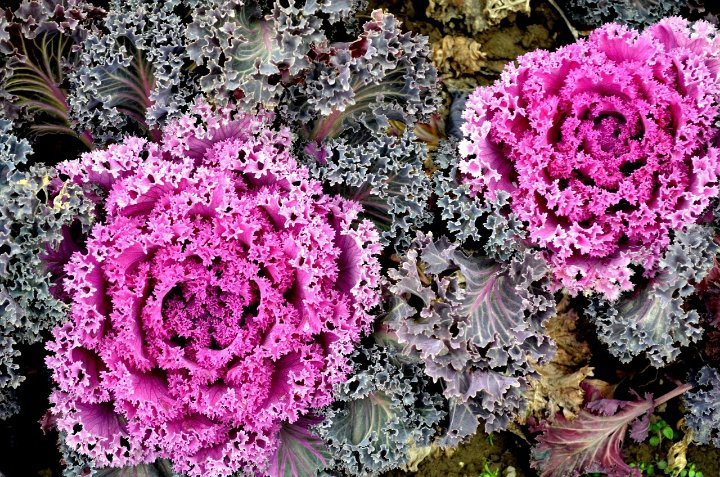
While technically not flowering plants, ornamental cabbage and kale provide stunning foliage in the cooler months. These plants can be planted in USDA Zones 3-9 in late August. They thrive in chilly weather, adding unique textures and colors to your landscape as they mature towards winter.
Asters
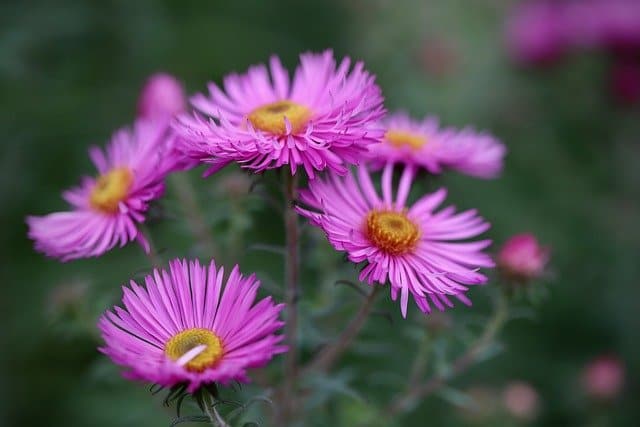
Asters bring brilliant color to late summer and fall gardens. In USDA Zones 4-8, planting aster seeds or transplants in late August offers excellent late-blooming potential. Asters prefer cooler temperatures and can bloom into October, with varieties like ‘New England Aster’ celebrated for their stunning purple flowers.
Sweet Alyssum
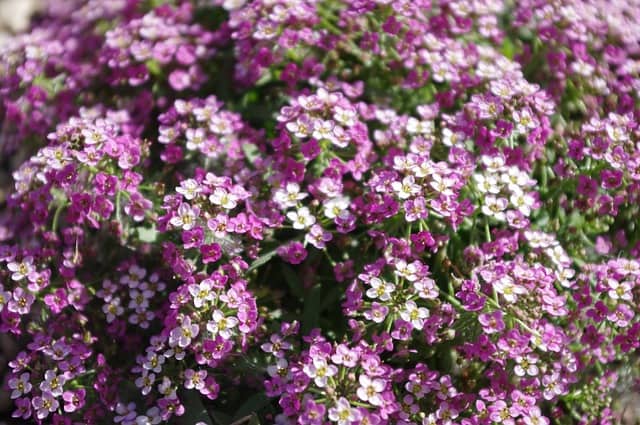
Sweet alyssum is a charming flowering annual that produces delicate blooms and thrives in USDA Zones 3-10. Sow seeds in late August for a delightful ground cover filled with fragrant flowers. Preferring cooler weather, this plant adapts well to various soil types, making it an easy addition to any garden bed.
Coreopsis
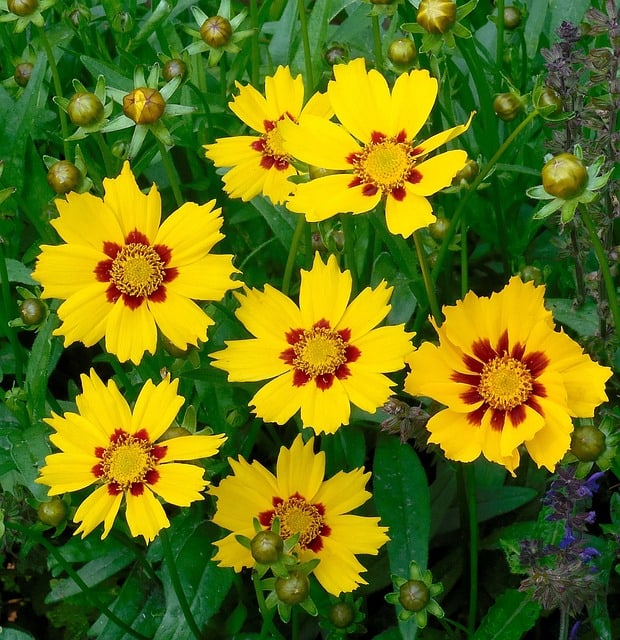
Coreopsis, with its bright and cheery petals, can be planted in late August in USDA Zones 3-9. These perennial flowers are known for attracting bees and butterflies, enriching the pollinator presence in your garden. Planting them at this time ensures blooms in the following spring, as they establish their roots during the cooler months.
Nigella (Love-in-a-Mist)
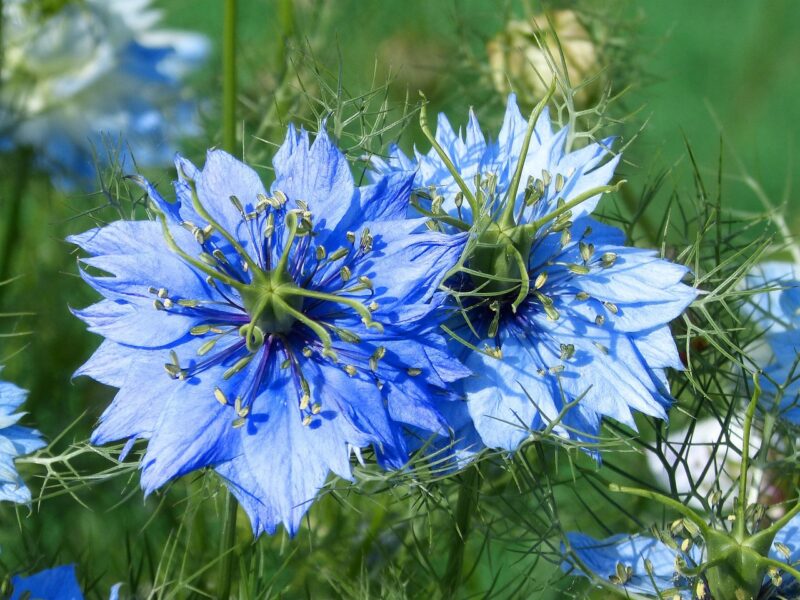
Nigella, or love-in-a-mist, is a captivating flower with a unique appearance. In USDA Zones 3-10, you can plant nigella seeds in late August to enjoy their enchanting blooms in the spring. They prefer cooler weather and can easily adapt to various soil types. Varieties like ‘Miss Jekyll’ bring a touch of whimsy to your garden.
Cyclamen
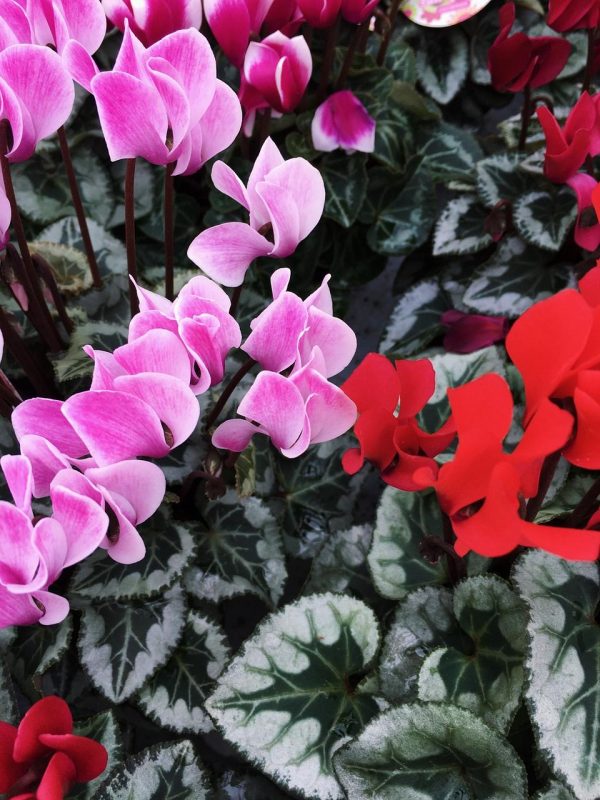
Cyclamen are lovely perennial flowers that can be planted in USDA Zones 6-9. Plant them in late August to enjoy their enchanting blooms in late winter or early spring. They prefer shaded areas with well-drained soil and thrive in cool temperatures. The heart-shaped leaves and delicate flowers add charm and beauty to any garden.
Herbs To Plant
Herbs are not only flavorful additions to meals but also help repel pests in the garden. Certain herbs can thrive when planted in late August, allowing for a continued supply of fresh herbs even as temperatures dip. Here are ten herbs to consider.
Cilantro
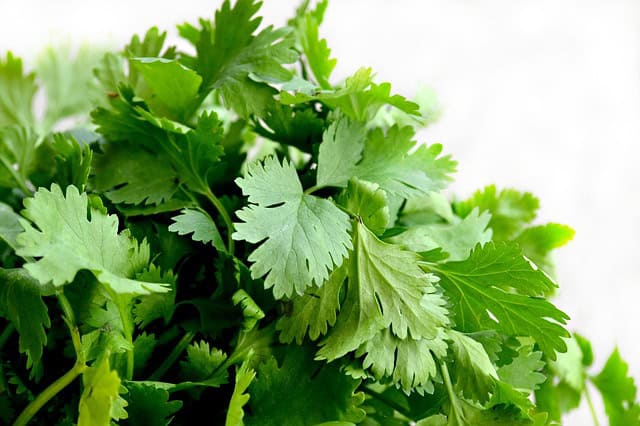
Cilantro is a cool-season herb that can be sown in USDA Zones 3-9 in late August. Thriving in temperatures around 60°F, it grows quickly and can be harvested in as little as 3-4 weeks. Consider growing both cilantro leaves and coriander seeds, as the plant’s dual purpose adds value to the garden.
Chives
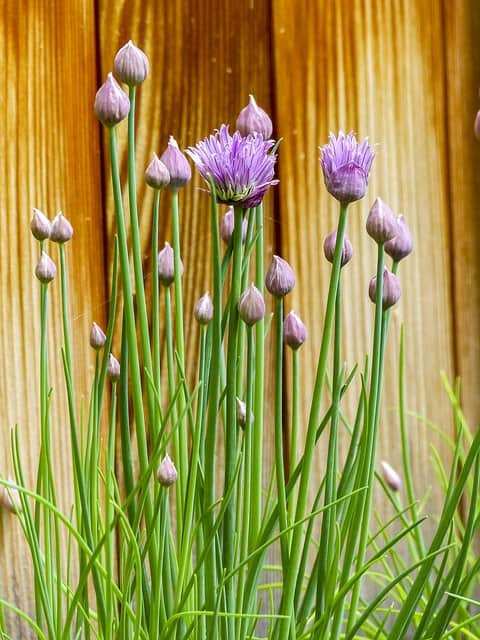
Chives are a perennial herb that thrives in USDA Zones 3-9. Planting them in late August allows them time to establish before the frost. Chives prefer well-drained soil and can survive temperatures as low as 20°F. Their distinct onion flavor makes them a perfect garden addition, and the delightful purple flowers attract pollinators.
Parsley
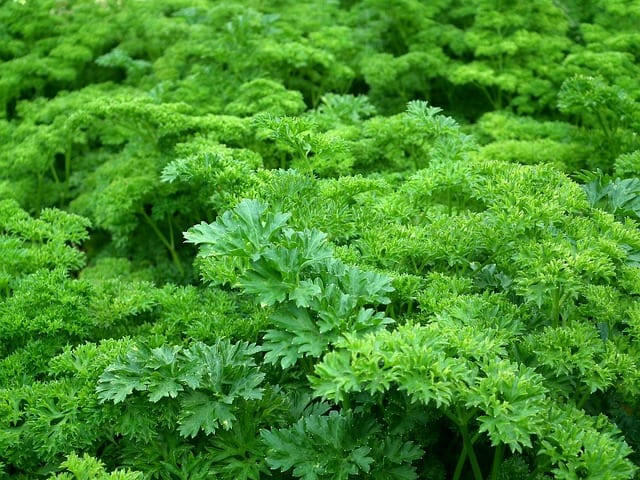
Parsley is a biennial herb that can be successfully sown in late August across USDA Zones 4-9. Preferring cooler weather, parsley can tolerate mild frost and takes about 70-90 days to mature. Not only does it enhance your meals, but its feathery leaves and flowers also create an attractive visual in your garden.
Dill
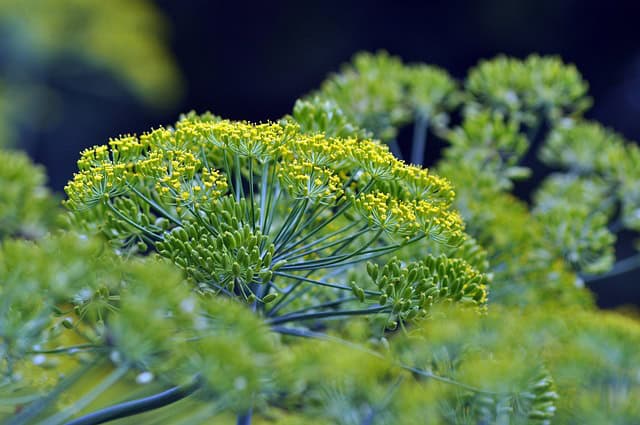
Dill is an annual herb that does well when sown late in summer, particularly in USDA Zones 3-10. Ideally planted in late August, it prefers cool temperatures and can be harvested for its leaves or seeds. Dill’s growth can be harvested in 40-60 days, and it’s often used in culinary dishes, adding refreshing flavors.
Oregano
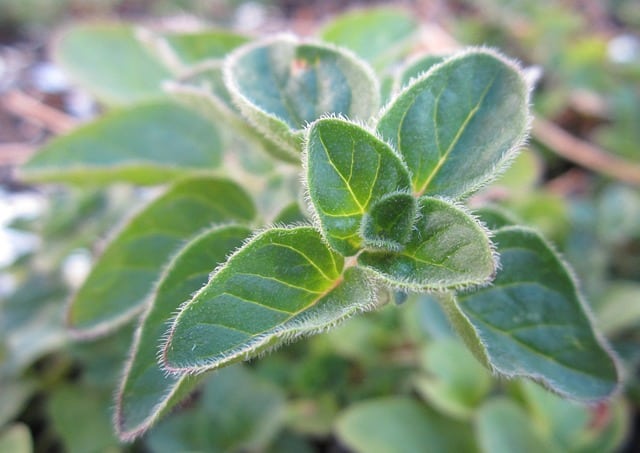
Oregano is a perennial herb that flourishes in USDA Zones 5-10. Planting oregano in late August gives it time to establish roots for a robust crop in spring. This herb is drought-tolerant and prefers well-drained soil. Oregano thrives in warm conditions, making it a great choice for late summer sowing.
Thyme
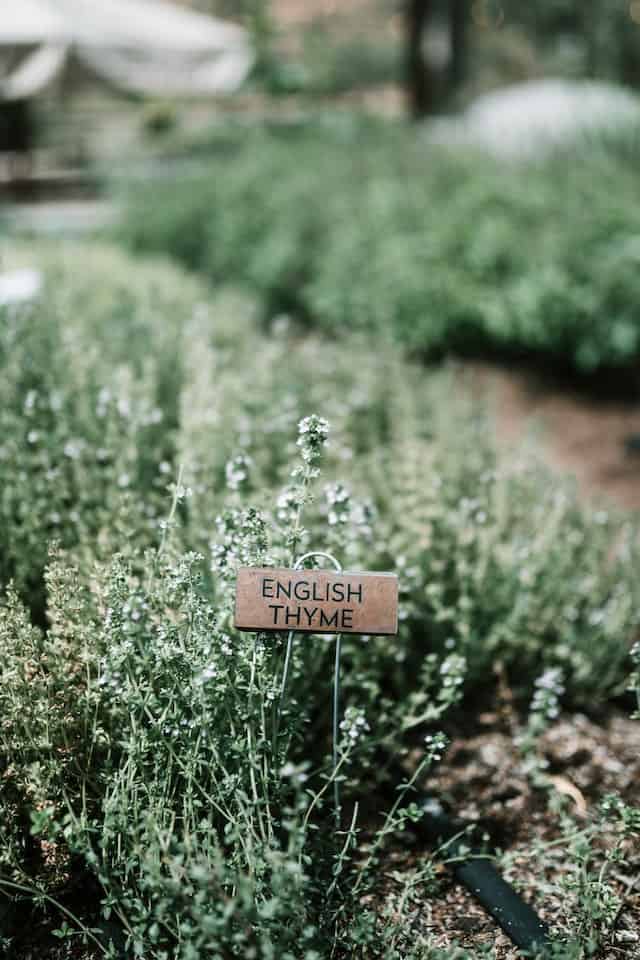
Thyme is another hardy herb that can be sown in USDA Zones 4-10. Late August is an excellent time for planting thyme seeds to secure a successful crop for the following year. Thyme prefers well-drained soil and sunny locations. Varieties like English thyme and creeping thyme bring culinary delights and textural diversity to your herb garden.
Sage
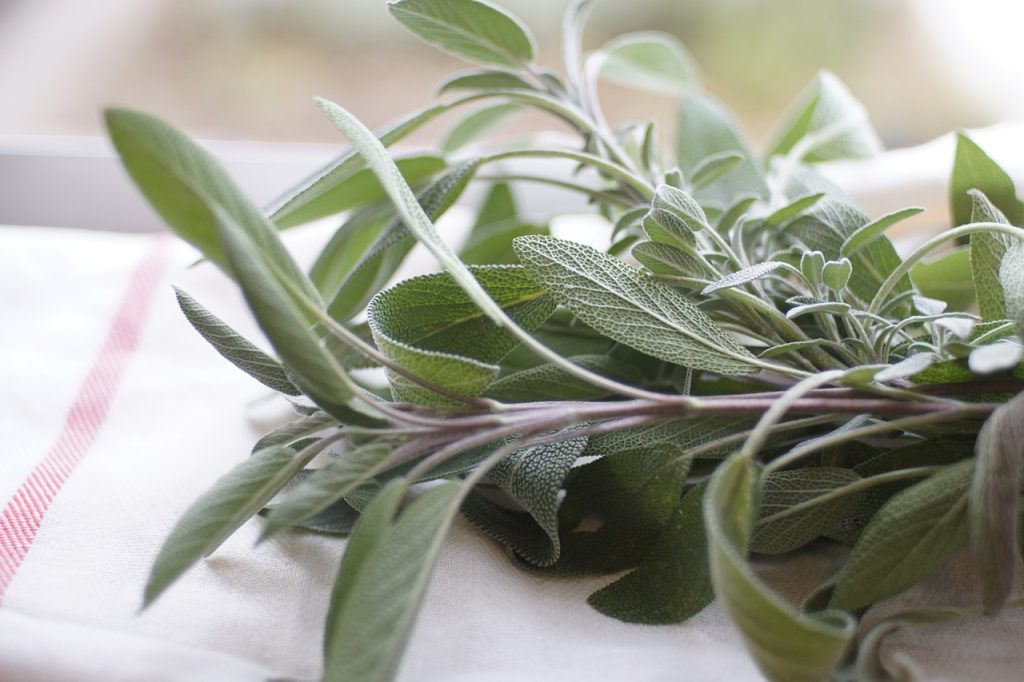
Sage is a perennial herb that can also be planted in late August in USDA Zones 4-9. This herb thrives in warmer temperatures, but it’s also resilient to frost, making it perfect for fall planting. With aromatic leaves and beautiful flowers, sage can be harvested within 75-90 days after planting, enhancing your culinary creations.
Basil
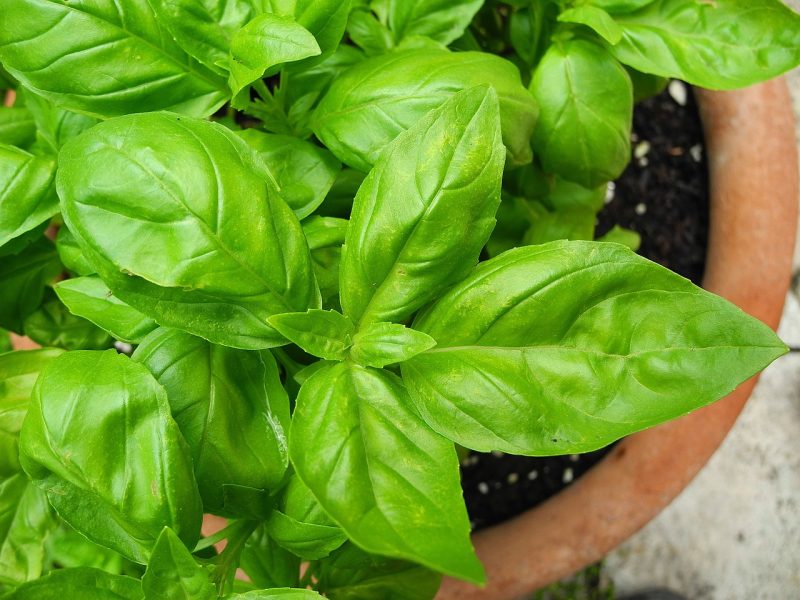
While commonly associated with warmer months, basil can still be planted in late August in warmer USDA Zones 9-10. It prefers temperatures between 70-90°F, which is still achievable in late summer. If growing basil, consider keeping it in a sheltered spot to ensure a successful harvest before the first frost.
Mint
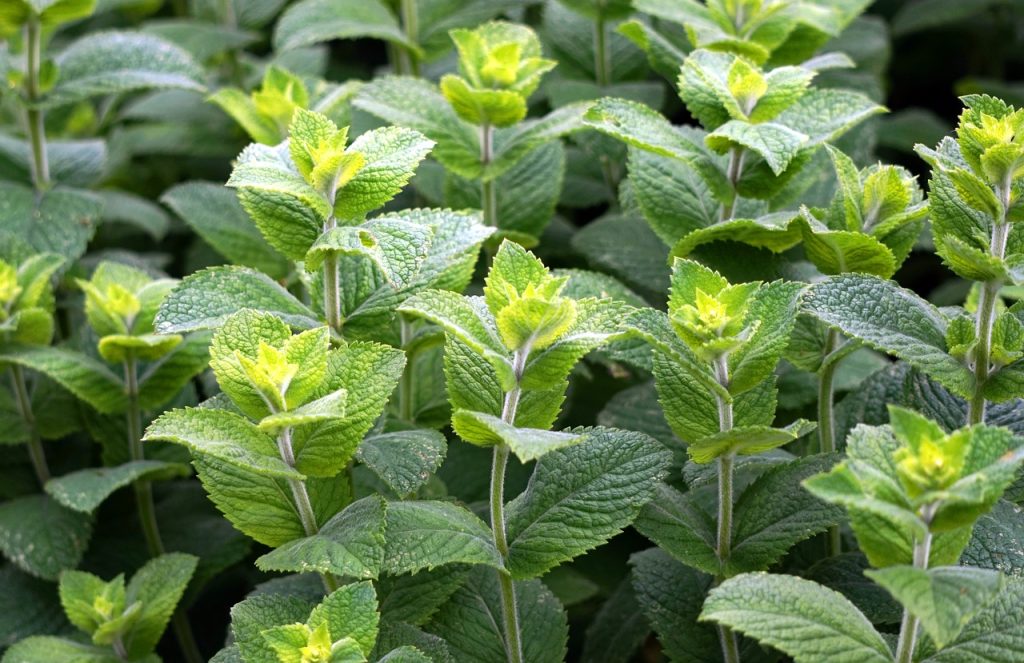
Mint is a perennial herb that grows vigorously and can be planted in USDA Zones 3-10. Late August planting allows this herb time to establish itself. Mint prefers moist, rich soil and can often outgrow its designated area if left unchecked. Growing mint in containers can help manage its growth while still enjoying its refreshing flavor.
Fennel
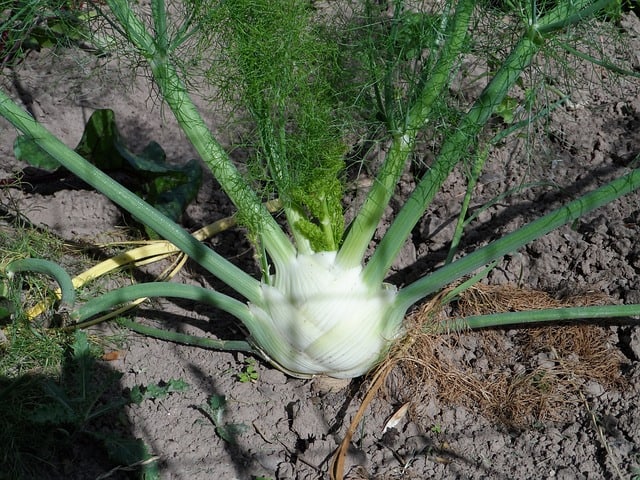
Fennel is a unique herb that can be sown in USDA Zones 5-10. Planting fennel seeds in late August allows ample time for growth before the frost. Fennel prefers cooler temperatures and rich soil, growing to about 3 to 5 feet tall. It serves dual purposes, offering culinary use and ornamental beauty with its attractive yellow flowers.
Landscape Plants To Plant
Late August is a fantastic time to think about landscaping and enhancing your outdoor spaces. Many plants can thrive when planted in late summer, adapting to the cooler temperatures and establishing roots for seasons to come. Here are ten landscape plants perfect for late August planting.
Daylilies (Hemerocallis)
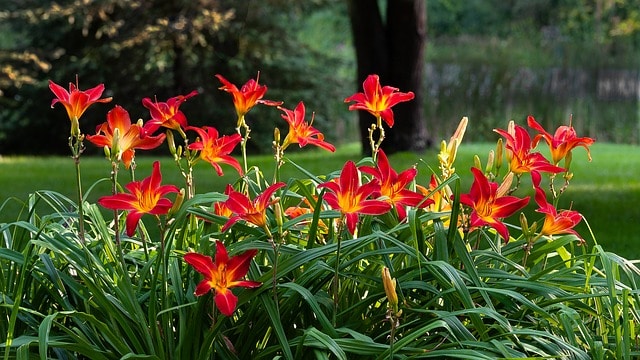
Daylilies are perennials known for their hardiness and ease of care. For USDA Zones 3-9, late August is an excellent time to plant them. With blooms in a wide range of colors and forms, daylilies create stunning garden displays. They thrive in full sun to partial shade and can tolerate drought once established.
Black-eyed Susans (Rudbeckia)
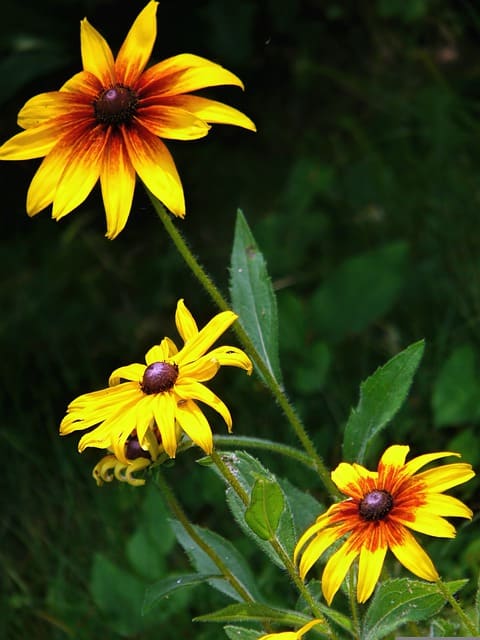
Black-eyed Susans bring cheerful yellow blooms to the garden and can be planted in USDA Zones 3-10. These perennials prefer sunny locations and are famous for attracting pollinators. Late August planting offers ample time for roots to establish, ensuring vibrant blooms the following summer.
Coneflower (Echinacea)
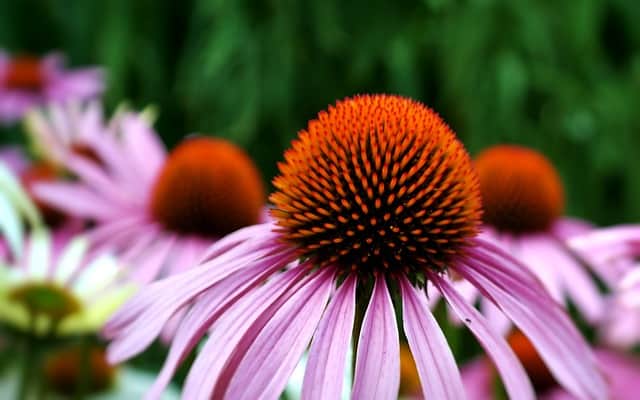
Coneflowers are resilient perennials suited for USDA Zones 3-9. Best planted in late August, they thrive in well-drained soil and full sun. Their stunning purple and white blooms provide beauty and draw in beneficial pollinators. Coneflowers are drought-resistant once established, making them low-maintenance landscape options.
Sedum
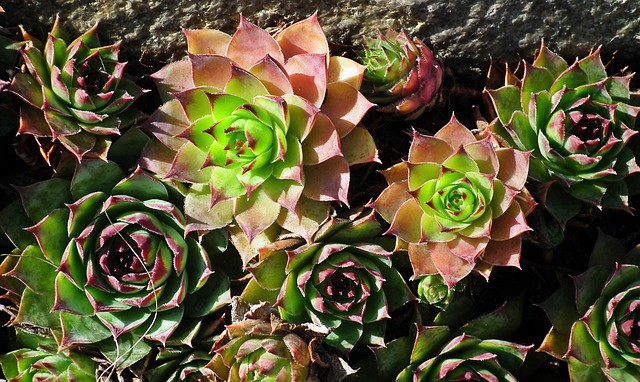
Sedum, or stonecrop, is a succulent perennial that thrives in USDA Zones 3-10. Late August planting allows this hardy plant to establish before the colder months. Accustomed to dry conditions, sedum is perfect for rock gardens and xeriscapes. Varieties like Autumn Joy produce beautiful fall blooms, enriching your landscape.
Hostas
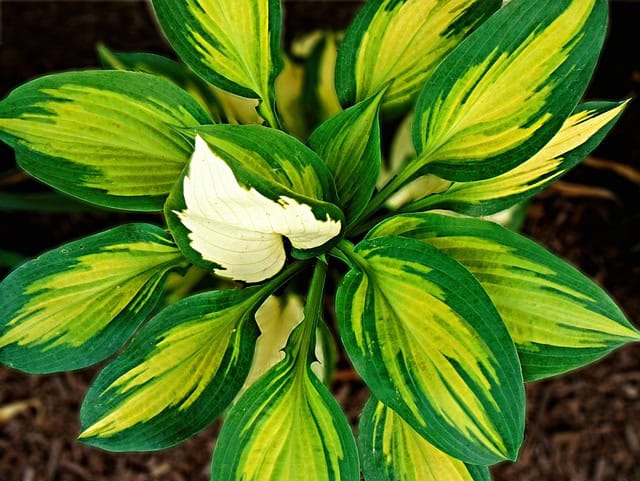
Hostas are beloved for their lush foliage and adaptability, particularly in USDA Zones 3-9. Planting hostas in late August allows them to establish roots before winter. They thrive in shady areas and provide vibrant leaf textures. Varieties like ‘Blue Umbrella’ or ‘Frances Williams’ add beautiful foliage to garden beds.
Azaleas
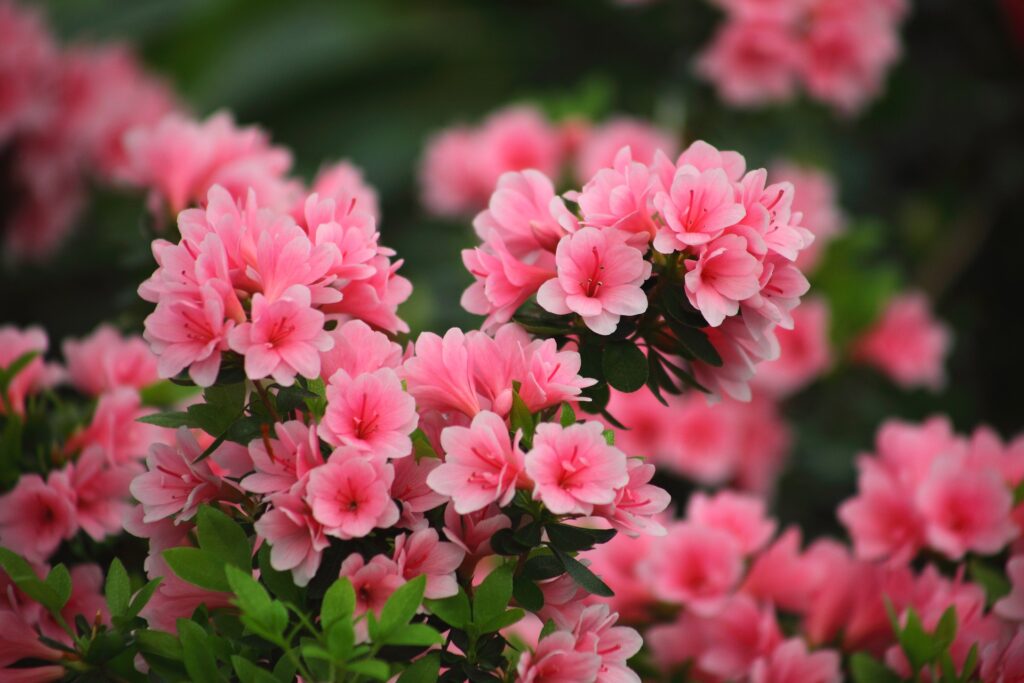
Azaleas are beautiful flowering shrubs suited for USDA Zones 6-9. Late August is a suitable planting time where they can establish roots before the winter chill. These shrubs prefer well-drained, acidic soil and partial sunlight. Varieties like ‘Encore’ provide captivating blooms throughout multiple seasons.
Ornamental Grasses
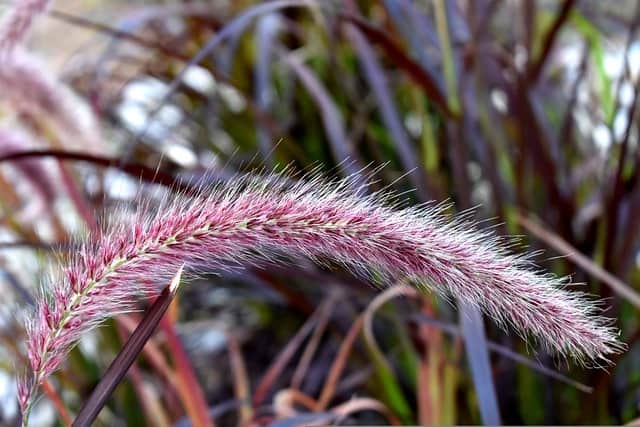
Ornamental grasses like Miscanthus and Panicum can be planted in late August across many USDA Zones. They add texture and movement to your landscape. Known for their drought resistance, these grasses establish quickly and provide engaging fall color and winter interest to your garden.
Barberry (Berberis)
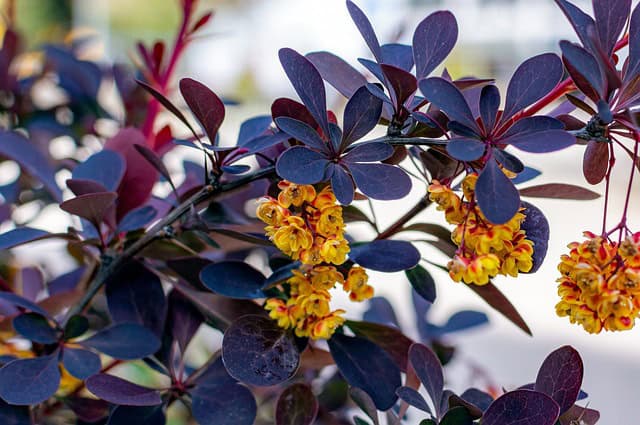
Barberry bushes are hardy shrubs, equipped to handle various soil types and climates within USDA Zones 4-8. Late August is an excellent planting time for these ornamental shrubby plants to establish strong roots. They produce colorful autumn foliage and can serve as excellent borders or hedges in landscape design.
Spring Flowering Bulbs
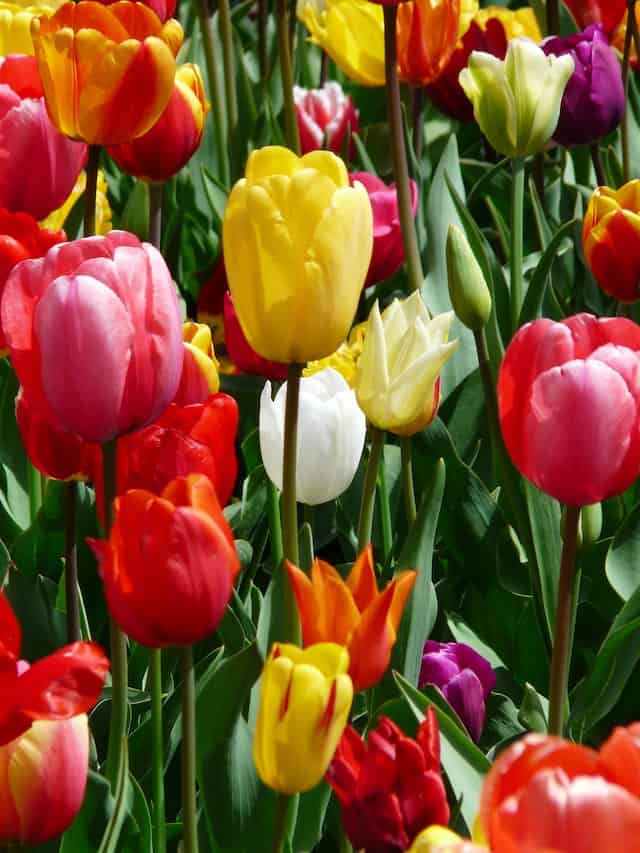
While not planted as seeds, late August is the time to plan and plant spring-flowering bulbs like tulips, daffodils, and hyacinths for USDA Zones 3-9. Planting these bulbs in late summer ensures blooming in the spring. Choosing bulbs that are appropriate for your specific zone will lead to a gorgeous display next season.
Viburnum
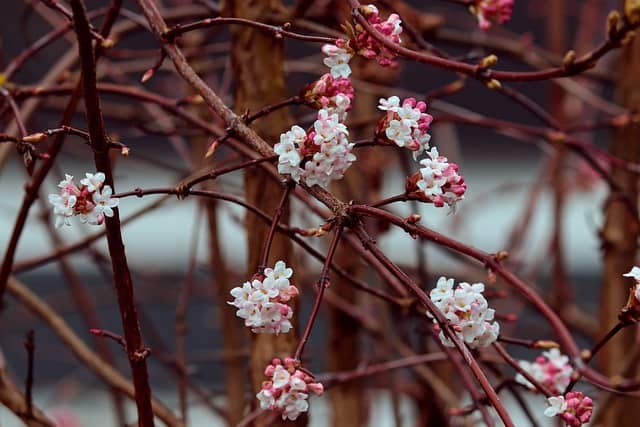
Viburnum shrubs can grow in USDA Zones 3-8 and are great options for planting in late August. Known for their fragrant flowers and colorful berries, they thrive in various soil conditions and provide year-round interest. Whether planting for privacy or beauty, viburnum brings character to landscaped areas.
Conclusion
Late August opens an array of options for garden enthusiasts looking to extend their growing season. From vegetables that will provide a fall harvest to flowers that can brighten up the late summer landscape and herbs that will enhance culinary creations, there is something for every gardener.


